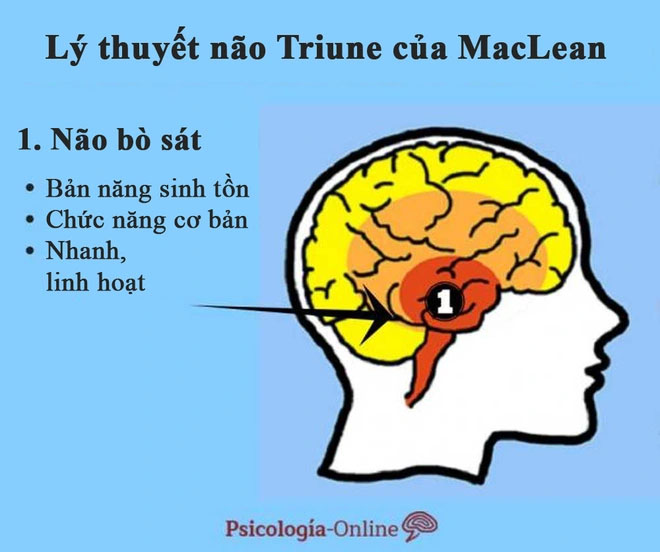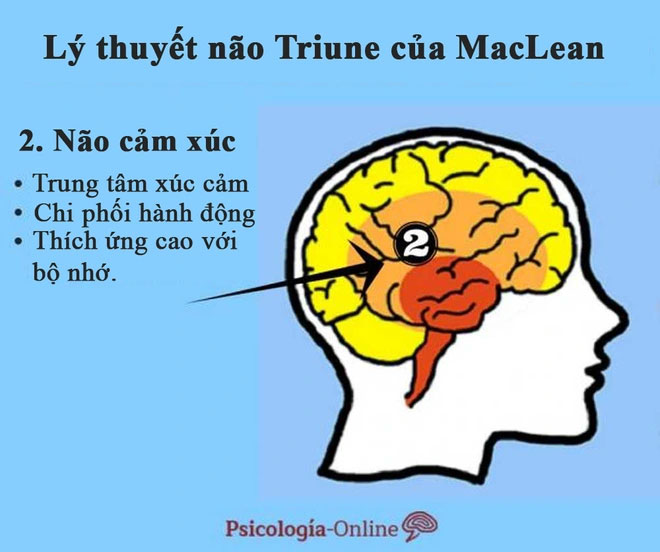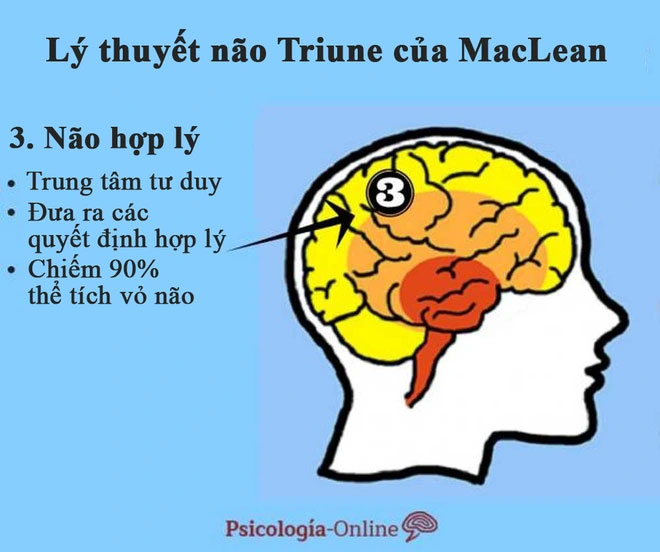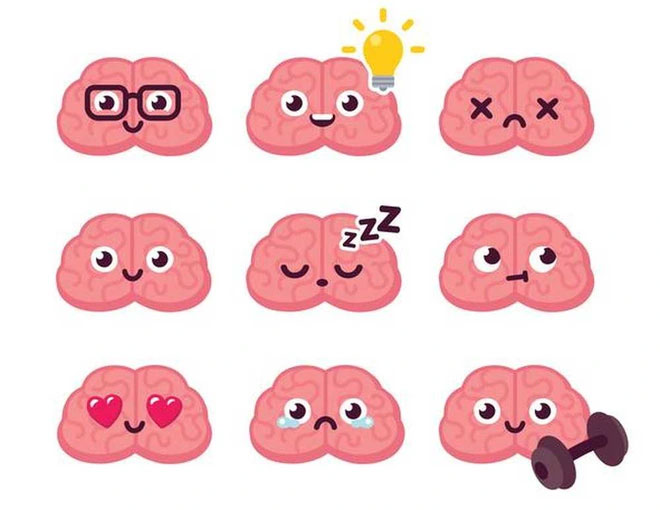Recently, a television program attracted significant audience attention by comparing the human brain to “reptilian brain” and “mammalian brain” as one of the various levels of explanation for behavior.
This comparison left many people perplexed, even sparking heated debates and waves of opposition on social media.
However, this is a legitimate theory about the three systems of the brain, known in English as the “Triune Brain Theory” or “Three Brain Theory.” According to this theory, a typical brain structure is divided into three systems: “reptilian brain,” “limbic brain,” and “rational brain.”
This theory was first introduced by Paul MacLean, a physician focused on neuroscience, in 1990. His research on the Triune Brain Theory is detailed in his book titled “The Triune Brain in Evolution.“
Reptilian Brain

Also known as the instinctual brain or basic brain, this is the most primitive brain according to MacLean’s theory.
Accordingly, the reptilian brain is considered the ancestral structure that regulates our vital functions and the most instinctual behaviors related to individual survival (such as eating, drinking, sleeping…) as well as species survival (such as reproduction, survival…).
In summary, according to psychology, the function of the reptilian brain is to act quickly and instinctively to ensure our survival.
Limbic System

According to the Triune Brain Theory, the emotional brain area emerged with the first mammals and evolved from what we previously defined as the reptilian brain. Therefore, it is also referred to as the “mammalian brain.”
This area is considered the center of emotions, responsible for producing and generating basic emotions such as courage, vitality, and affection in our nervous system.
A notable feature of this area is its highly adaptive functions, frequently generating emotional responses and learning at the experiential level. In other words, the brain system related to our memory, motivation, reflexes, and attention tends to operate more efficiently when influenced by emotions.
For example, people often remember an event better if it is associated with a strong emotion (such as attending a favorite concert or a familiar restaurant). Conversely, the brain tends to forget stories, events, or people that do not evoke intense reactions or emotions.
Rational Brain (Cortex)

The rational brain (or cortex) is responsible for processing cognition and making rational decisions, focusing primarily on thinking, control, regulation, and restraint.
Within the cortex system, there is gray matter, formed by various brain structures including the left and right hemispheres of the cortex. Anatomically, scientists find that the cortex occupies up to 90% of the total volume of the brain and extends in the form of folds and convolutions.
According to MacLean, humans are the only species on Earth that have fully developed this part of the brain. It grants us privileges that set us apart from other animals due to our knowledge, logic, and ability to make rational decisions.

Thanks to this theory, we can now develop various specialized fields related to the brain.
Although clearly divided into systems with distinct functions, it cannot be denied that the nervous system is a complex network of neurons, where they operate and connect with each other very closely.
Scientists quickly argue that the model constructed by MacLean is too simplistic to explain all the complexities of the brain – a place that remains a mystery to humanity.
Nevertheless, the Triune Brain Theory provides very important insights as it relates to specific mental functions and behaviors of humans. Thanks to this theory, we can now develop specialized fields related to the brain such as psychology and neuroscience…





















































